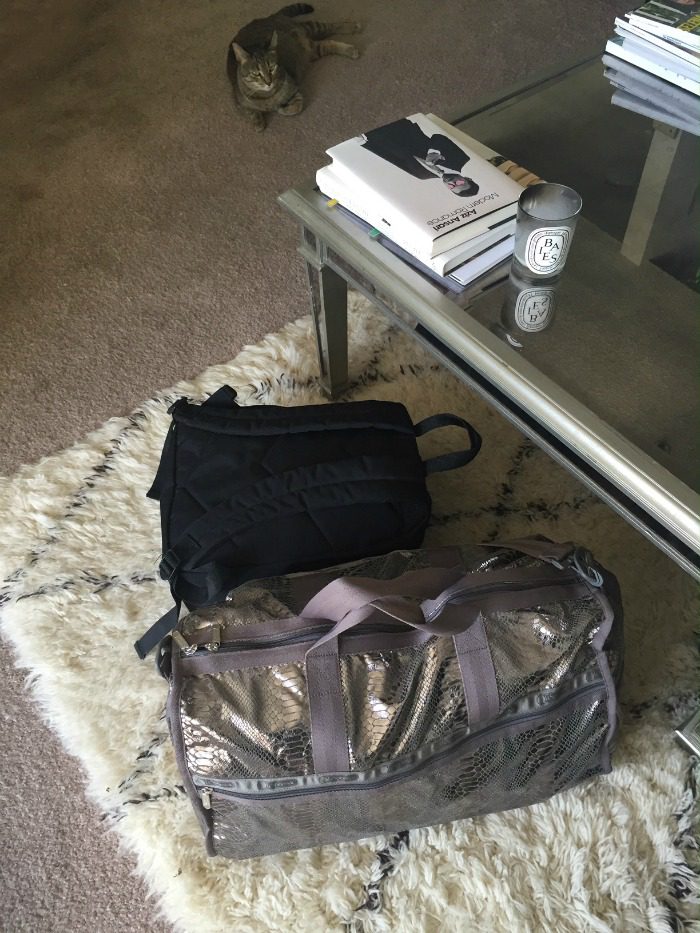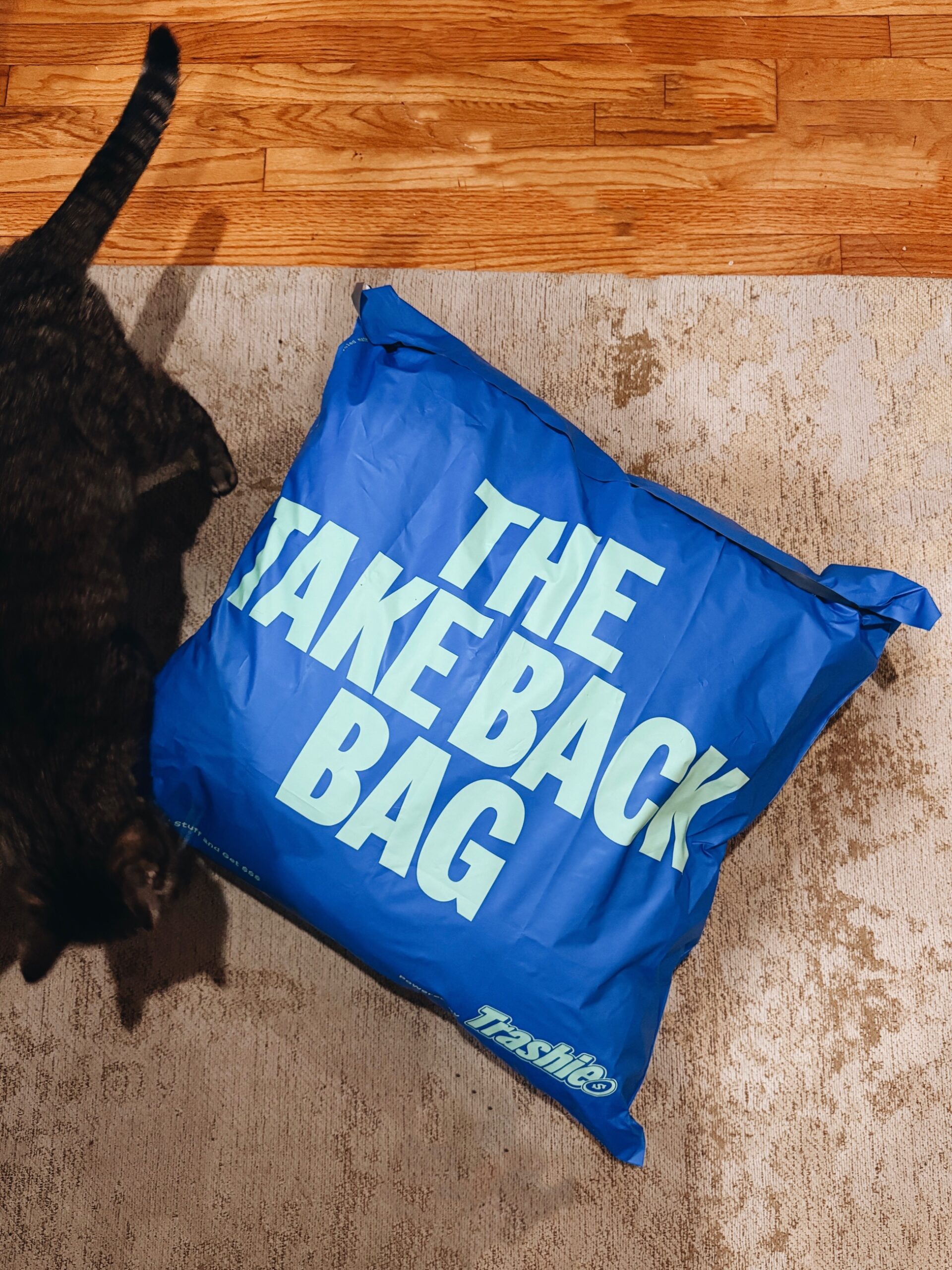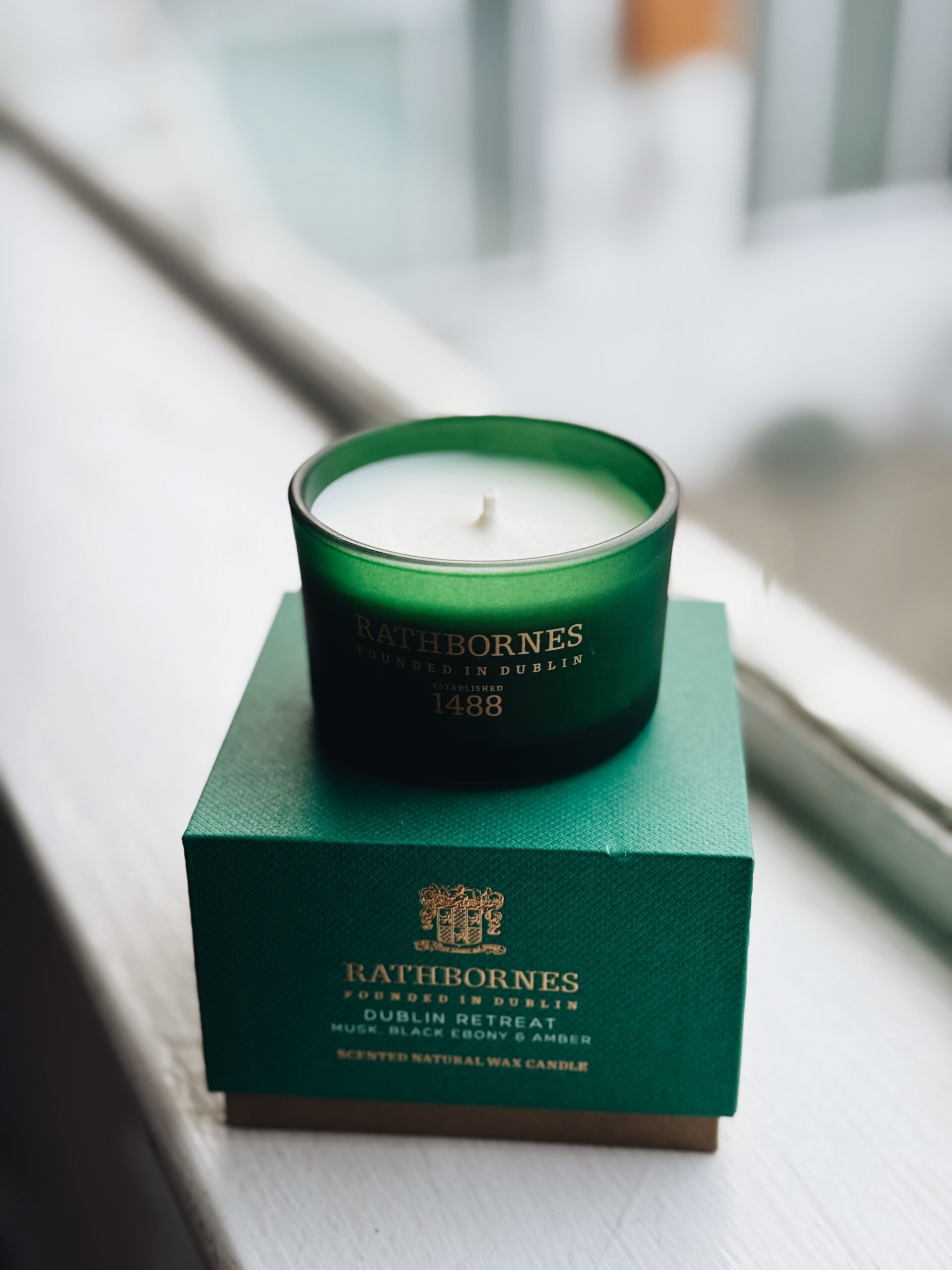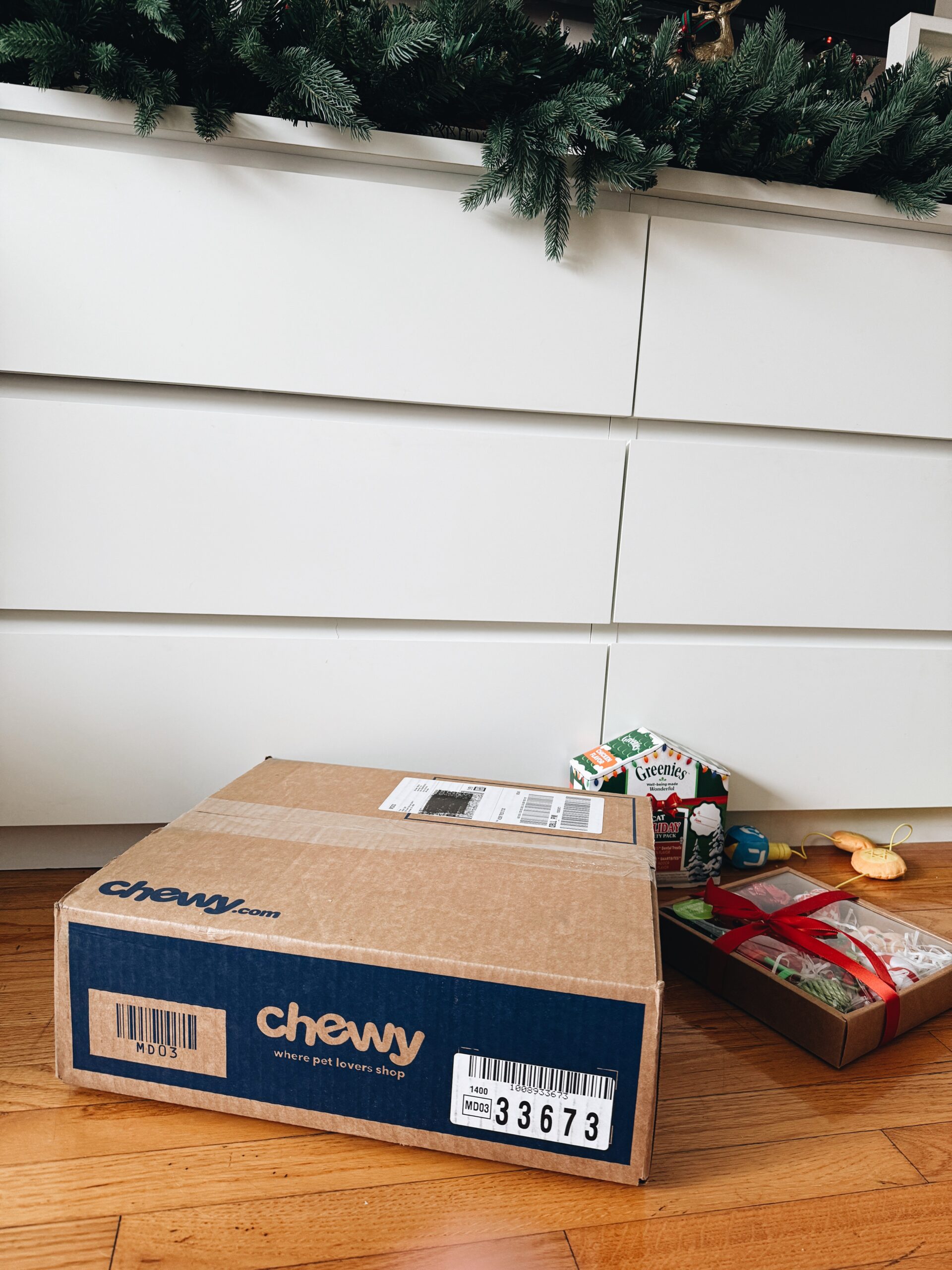Because I’ve deemed myself a disaster expert…sort of.
A few weeks ago, my friend came over for dinner, and we got onto the topic of earthquakes since she just moved here from New York. I immediately launched into my rant about how you have to always protect your hands (they’re your biggest asset in a crisis situation) and the importance of having an LED flashlight. My friend looked at me like I was nuts but then revealed that she didn’t even own a flashlight.
As she rode home to Santa Monica in her Uber, I emailed her my list (below) to which she replied, “I ordered 14 things on this list. I’m going to be READY.” About a day or two later, she texted me saying I should share my list because it could actually help people. While it’s true that this list is extensive, it’s the kind of stuff that can save you during a crisis. Growing up, my dad was always super prepared—he could start a fire with two sticks and knew how to survive in sub-zero weather. Even if you don’t buy everything on this list, at least get the essentials. You won’t regret it the next time there’s a Hurricane Sandy or the next big SoCal earthquake (it’s coming, guys; we’re long overdue).
DIY Disaster Kit – Why It’s Important
Having a disaster kit isn’t just for “doomsday preppers.” In today’s world, natural disasters like fires, earthquakes, hurricanes, tornadoes, and even civil unrest can strike without warning. Your DIY disaster kit is like a survival kit that ensures you have everything you need in the event of an emergency. Imagine the grocery store shelves empty, bottled water scarce, and electricity down for days. This kit prepares you for those worst-case scenarios where you cannot leave your home or need to leave on short notice. Creating a DIY disaster kit is a good idea to give yourself and your family peace of mind, knowing you’re prepared for anything that may come your way.
What To Include In A Disaster Kit
When building your disaster kit, think about everything you’d need if you had to survive on your own for a while. Here’s a breakdown of the essentials, organized by category:
Essentials
- Passport and ID – Keep these ready to go.
- Pepper Spray and Tazer Combo Device – For protection.
- Underwear and Socks – A few pairs are great to have ready.
- Toothpaste, Toothbrush, and other Toiletry Essentials – Have travel-size versions ready to go.
- Medications – It’s good to have extras on hand.
First Aid
- First Aid Kit – A basic first aid kit should include bandages, antiseptic, tweezers, and other medical essentials.
- First Aid Book – You might be without cell service, so a first aid book can provide guidance.
- Sharp Tweezers – Essential for first aid, as many kits come with plastic versions that aren’t as effective.
Food & Water
- 3 Gallons of Water – You should have at least a three-day supply of drinking water, ideally one gallon per person per day. Get whatever kind you want, but this brand has a 50-year shelf life!
- Canned Food & Power Bars – Non-perishable food items that don’t require cooking.
- Can Opener – A manual can opener is a must for canned goods.
- Life Straw – This portable water filter allows you to drink from any water source safely. Get one for everyone in your house.
Shelter & Warmth
- Emergency Blankets and/or Sleeping Bags – Make sure they’re rated for outdoor conditions in case you need to sleep outside.
- Face Masks – For breathing safely in the event of smoke or dust (or another COVID).
- Work Gloves – Protects your hands, which are your biggest asset in any emergency situation.
- Waterproof Matches – Waterproof matches are preferable, but a few lighters are also fine.
Tools & Lighting
- LED Flashlight – LED flashlights last longer; keep batteries stored outside the flashlight to prevent leaks.
- LuminAID Waterproof Lanterns – Absolutely LOVE these. And they can also charge your phone.
- Cell Phone Power Bank – I have two ready to go.
- AM/FM Radio – This is how you’ll be able to get information from the government.
- Whistle – This is a great tool to have in case you get trapped and need to alert people to where you are.
- AA and AAA Batteries – Always have a backup supply.
- Utility Knife – A multipurpose knife can come in handy in many situations.
- Crow Bar – Useful for prying open doors or windows in case of an earthquake.
- Emergency Ladder – A fire escape ladder if you live in a multi-story building.
- Fire Extinguisher – For obvious reasons.
For Pets
Pets are family too, and you need to make sure they’re covered in your preparedness kit. Here are the essentials to keep for your pets:
- Food & Water – Enough for at least three days for each pet.
- Leashes – In case you need to secure them in unfamiliar places.
- Medications – Any required medications for your pet.
- Pet First Aid Kit – So VIP for emergencies.
- Pet First Aid Book – Good to have on-hand, just in case.
- Pet Photos – For ID purposes, in case they get lost.
More Disaster Preparedness Tips
Beyond these basics, here are a few additional tips to maximize your emergency preparedness:
- Plan for Communication – In an emergency, cell towers may go down. Keep a list of family phone numbers and an AM/FM radio for updates.
- Keep Cash Handy – Credit cards might be useless if power is out. Cash and quarters for pay phones can also come in handy.
- Create a Diversion Canister – Hide cash or valuables in a secret compartment disguised as a common household item.
- Maps – Have both local and national maps, as GPS may not work.
How Long Should Your Disaster Kit Last?
Ideally, your disaster kit should be stocked for a minimum of three days. But if possible, aim for a two-week supply of food and water to account for delays in emergency response, especially in widespread natural disasters. One gallon of water per person per day is a good guideline, along with enough non-perishable food. Remember, a kit should include enough supplies for every person and pet in your household.








I have EVERYTHING on your list now. The fire extinguisher arrived yesterday.
OMG, I’m SO PROUD 🙂
Pingback: Tuesday Links I Love | Honestly Jamie